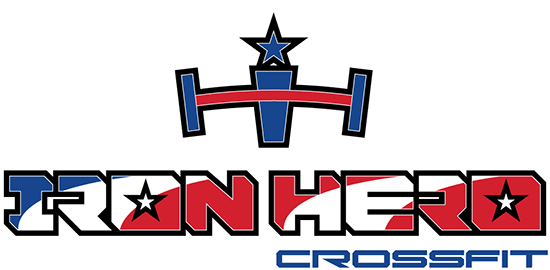Part 3 – Your Butt
A powerful caboose is something vital to becoming a powerful runner.
We touched on some exercises specific to your glutes and hamstrings in part 2, but we are going to get more detailed in part 3!
…I know, saying ‘touched’ when we’re discussing about glutes, am I right? That was actually my first thought but I just went with it…
Strong Glutes Matter
Other than the obvious filling out a pair of jeans, there are a multitude of benefits to having a large derrière…
- Strong glutes propel you when you’re running. You will notice this a lot in speed drills and driving yourself up hills
- Strong glutes help to fight chronic problems like lower back pain, knee pain, and tight [and painful] hip flexors
- Strong glutes can help build durability in your running as well as your daily activities
- They look good [full stop]
So who should be training their glutes? Is everyone the correct answer?
What Should I Be Doing?
The age of Google has brought about an overabundance of information… a lot is great, a lot is not so good, and more still should probably be avoided all together.
If you’re a recreational runner, or maybe someone who has the desire to start to compete in this sport, you need to focus on the macro pieces and not the micro details: in the rocks, pebbles, sand, water thinking… focus on the rocks!
So, what are the rocks, you ask?
- Lunges
- Deadlifts
- Squats
- Bridges
There are certainly more but these are the big hitters, so to speak. Though, not necessarily in this order. You may also notice that none of these movements are isolation type of movements as they all require your entire body. You know what else requires your entire body? Running!
Lunges
If you break running down into its’ parts you will see that positions in running and positions in lunging have remarkable similarities [barring range of motion differences]. I find lunges, especially of the reverse stepping type, to be quite a glute heavy exercise whether you add resistance to it or not. It also happens that there is a larger range of motion requirement in lunging than the average running gait.
If you find you lack some flexibility, this might be a good way for you to work on that flexibility without having to work on that flexibility [if you know what I mean].
Deadlifts
This is one of those strength training movements which requires a fair bit of coaching to get right. Why? There is a rather large margin for error which can lead to acute bouts of back pain. And if your back hurts, you are losing out on valuable training time.
However…
…when done well, deadlifts are the king [or queen] of all exercises. Their value cannot be overstated: improved posture, a functionally strong core, improved levels of durability, a rocking a derriere, and the list goes on!
And for the record, we are not even talking heavy deadlifting. We are talking deadlifts performed correctly and with the supervision of someone who knows what they’re doing.
Squats… And Bridges Too
These two could be lumped into a similar category. In fact, the glute bridge can be a great modification for someone who lacks the functional ability to be able to squat well.
Just because you cannot get into a good squat position does not mean you have to miss out on the value of that squat position.
And Your Point Is…
Do not ignore your butt. Seriously, do not ignore your butt.
If you want to improve your speed, your power, your durability, your [yes I’ll say it] ability to fill out the back of your jeans… spending some time training your glutes is absolutely necessary!
If you have questions on how this could fit into your weekly running and training, we would be more excited to have that conversation with you. Head [HERE] to schedule yourself for your free No Sweat Intro and we can help build the program right to support your running goals!



